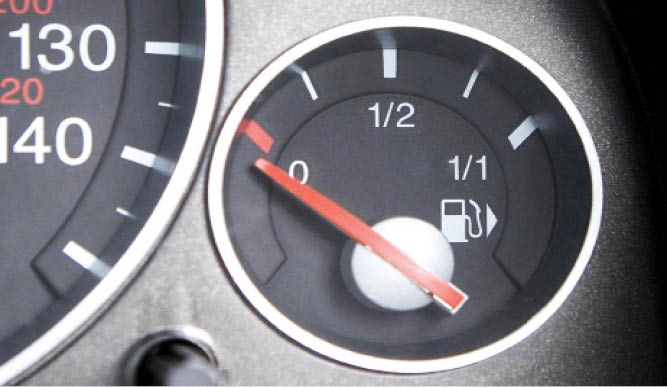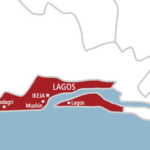The cost of driving and maintaining is said to be getting costlier. However, there are some things you can do to still stay within budget range.
Here are some quick tips to save money
Buy economical tyres: The type of tyre makes a big difference. While it might be tempting to go for the cheapest available, that can prove to be a mistake in the long run.
- Stakeholders want Port Harcourt Airport shut over deplorable facility
- PODCAST: How To Stop The Ugly Trend Of Communal Clashes
Not only do such tyres not perform as well as more expensive tyres (tests show they often increase stopping distance and have a negative effect on handling), but they may also hit your fuel economy and need replacing more regularly.
All tyres sold are fitted with rating that includes the fuel efficiency rating of the tyre. An ‘A’ rating means the tyre decreases the energy lost through the tyre (often referred to as ‘low rolling resistance’), while a G rating is the worst performing – resulting in increased carbon dioxide emissions and fuel consumption.
According to research, good quality ‘eco’ or ‘energy saver’ tyre could improve fuel economy by around 2.5 mile per gallon (mpg) compared with the worst tyre for rolling resistance.
Don’t press the accelerator when you start the car: Every car today has engine electronics that regulate the car starting procedure. A few years ago, you needed to use a little gas to get the car running – but you don’t need to do this anymore.
So don’t waste the extra fuel and risk damage to your engine by doing it, the car will start cleanly without your pedal on the metal.
Drive gently when the car is cold: Cars are at their least efficient when they are cold. If you drive quickly straight from start-up, you are redoubling the wasted fuel, and also wearing out the engine more quickly in the process. Show some mechanical sympathy and you’ll immediately start saving money. On a related matter, you shouldn’t allow your engine to idle for too long. Today’s engines are designed to operate from the moment you turn the key – warming the engine is no longer required.
Check your tyre pressures.
You could also buy an electric pump and check and inflate yourself, rather than go to a garage. Tyres under inflated by 15 per square inch (psi) – a difference you may not notice from a visual glance – can use 6 percent more fuel. That’s the difference between averaging 40mpg and 42mpg.
Take an advanced driving course: You can tweak your driving style to motor more economically.
An advanced course will teach you these – you’ll still make good progress but be doing it in a more efficient way. Hypermiling is the art of driving as economically as possible and once you take on the challenge, it can become addictive.
For more tips, visit https://www.rac.co.uk/drive/advice/know-how/30-money-saving-motoring-tips/

 Join Daily Trust WhatsApp Community For Quick Access To News and Happenings Around You.
Join Daily Trust WhatsApp Community For Quick Access To News and Happenings Around You.


